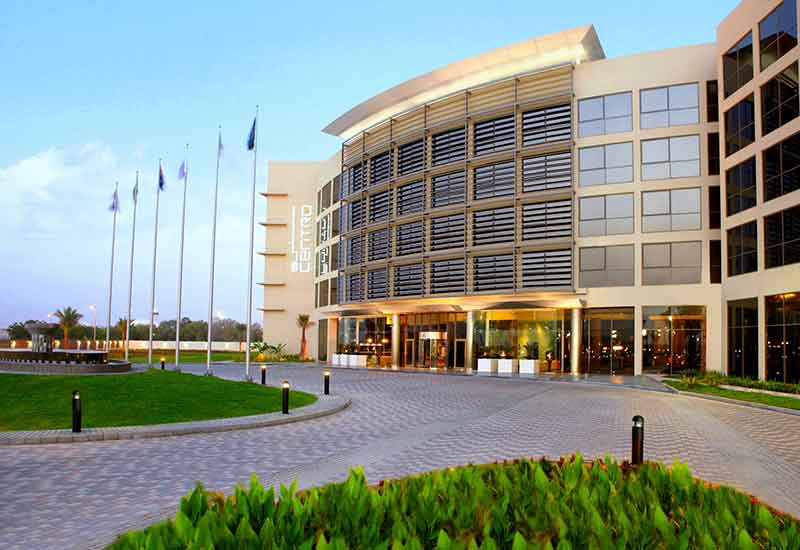Last year, GCC residents visiting Sharjah accounted for 34% of all occupied hotel establishments rooms, while from Europe, 468,000 people visited Sharjah, reflecting a 36% year-on-year growth, Hewett says.
Swiss-Belhotel International’s Kapoor says Sharjah’s overall source markets is reflected in her hotel as well. “GCC nationals have been the most steady when it comes to nationalities. However, Russia and CIS markets are coming back after a dip few years ago. Lately we have also seen a significant interest shown by the Chinese market in the emirate. Both group and FIT are faring well in terms of segments and online bookings play an important role now-a-days and will increase further in the near future,” she adds.
Kasch, on the other hand, says Centro Sharjah’s majority guests comprised local UAE residents and was closely followed by visitors from around the GCC.
Developments and Attractions
Sharjah’s connectivity has long been one of the key issues, Hewett says has impacted “the overall growth in the emirate’s hospitality and tourism industry”. To address the issues, Sharjah’s government has proposed to revamp Sharjah International Airport and build a new passenger terminal which will be part of an US$0.41 billion (AED 1.5 billion) expansion project that will be implemented in multiple phases.
The project is expected to be fully operational by 2021 and is set to increase the airport’s capacity to 25 million passengers annually. A number of airlines, Hewett adds, have already expressed interest in establishing or expanding their routes via Sharjah’s airport to complement the expansive project.
In Q1 of 2018, many travellers have also opted to fly via Sharjah International Airport as an alternative to Dubai International Airport’s “sustained growth in aircraft movement”, Hewett explains. This has led to a 5.1% year-on-year increase in passenger traffic during the fiscal period.
The SCTDA gave the official tourism website, VisitSharjah.com, a makeover in an attempt to spread the awareness of the emirate’s presence and proximity to its giant tourism competitor, Dubai.
“The website is set to increase travellers’ awareness of Sharjah’s tourism offering and enable them to customise their travel itineraries based on their budget and areas of interest. The new integrated platform also allows hotel, restaurant and activity operators to market their products and services and establish direct communication with visitors to enhance their overall experience,” explains Hewett.
As for attractions, besides massive eco-tourism projects, Sharjah in 2018 has already inaugurated the Rain Room — a permanent installation providing an immersive experience of continuous rainfall. By year end, Funoon District, a food, art and entertainment location with more than 20 F&B offerings, is set to open at Al Majaz amphitheatre.
By the end of 2020, Sharjah plans to open many family-focused leisure destinations such as The Sharjah Beach development project, Phase II of Seih Al Bardi Wildlife Safari Park, Heart of Sharjah Cultural Heritage Site and a number of shopping centres with Tilal Mall planned to be the emirate’s largest retail destination upon completion.
Besides leisure attractions, as mentioned earlier, Sharjah is strategically building the reputation as a cultural heritage destination and capitalising on it.
“One of the four main pillars embedded in the Sharjah Tourism Vision 2021 is based around promoting the emirate’s cultural and heritage attractions. Having already acquired the titles of the ‘Capital of Arab Culture’ in 1998, the ‘Capital of Islamic Culture’ in 2014 and the ‘Capital of Arab Tourism’ already indicates a recognition of the significance of the emirate’s cultural and historical heritage,” Hewett points out.

| Advertisement |









 Search our database of more than 2,700 industry companies
Search our database of more than 2,700 industry companies









